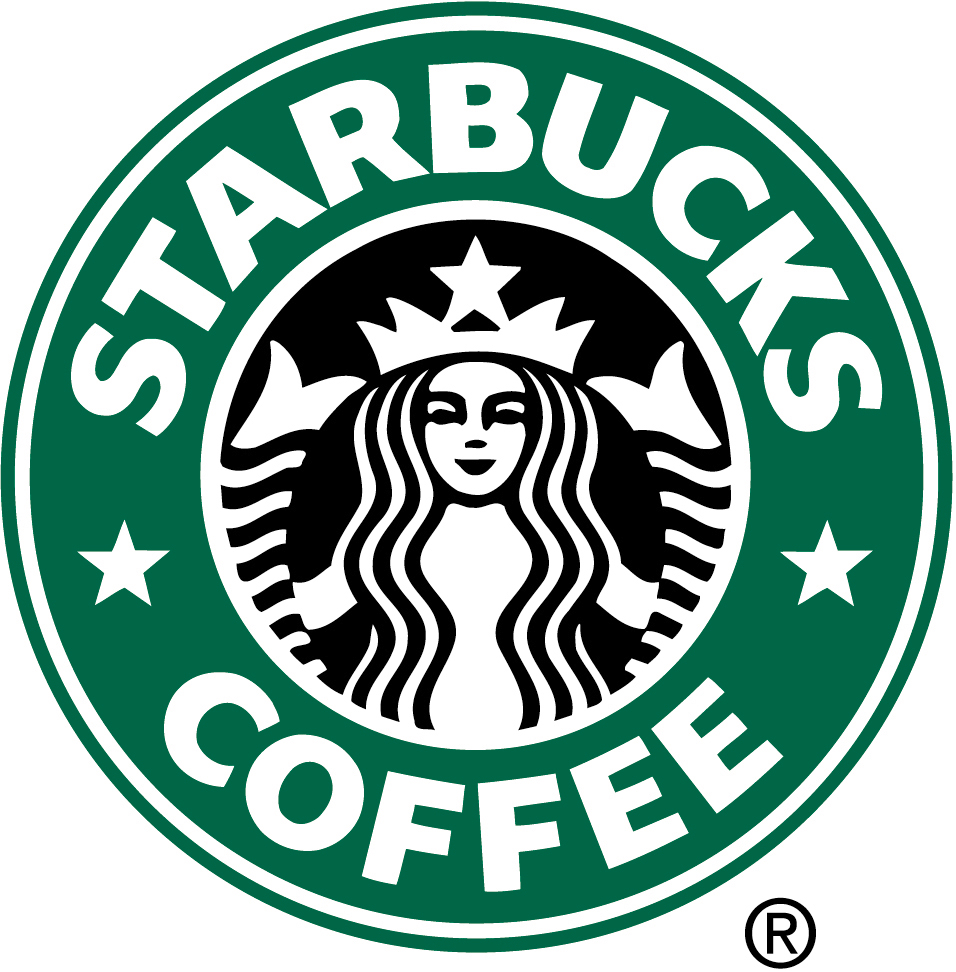
危 wēi danger
When Howard Schultz bought Starbucks, a small coffee house chain in 1992, he promised huge expansion. Many commentators predicted his failure since coffee was often free in offices, was refilled for free in restaurants and was around a dollar in the popular Dunkin’ Donuts. Starbucks aimed to charge more than double this for the bulk of its drinks – many commentators predicted that the market wouldn’t stand it.
机 jī opportunity
Howard Schultz saw the market differently. He realized that the consumer would pay a premium for a sophisticated ‘experience’ but in order to establish this he had to dissociate Starbucks from the coffee category as it existed. Dropping the established category codes was a key part to achieving this – Schultz didn’t want the consumer to be comparing his prices to those in Dunkin’ Donuts. To this end small, medium and large became tall, grande and venti and the drinks were given new, sophisticated names. Starbucks carved itself a super-premium position having shaken off the established coffee norms.
how about…
- recognizing any negative category codes and dropping them – particularly when developing a ‘premium’ offer
- using category codes to ensure that the consumer benchmarks you versus the competition – particularly when developing the ‘value’ offer
2 Responses to “13) Starbucks”
Damon
“To this end small, medium and large became tall, grande and venti”
I appreciate the emotion behind this particular piece but your data are wrong. Starbucks and Schultz used only 2 sizes, short and tall, for years. Starbucks added grande years later and venti only relatively recently.
I just recently came across this blog and have been tickled by many of the entries here but I wonder how seriously you’re researching the details? It may have been a throwaway line, but sloppy is still sloppy.
Tom
thanks so much for this Damon – if memory serves me right I read this in Blue Ocean Strategy – I’ll have a look to check if I had got this wrong.